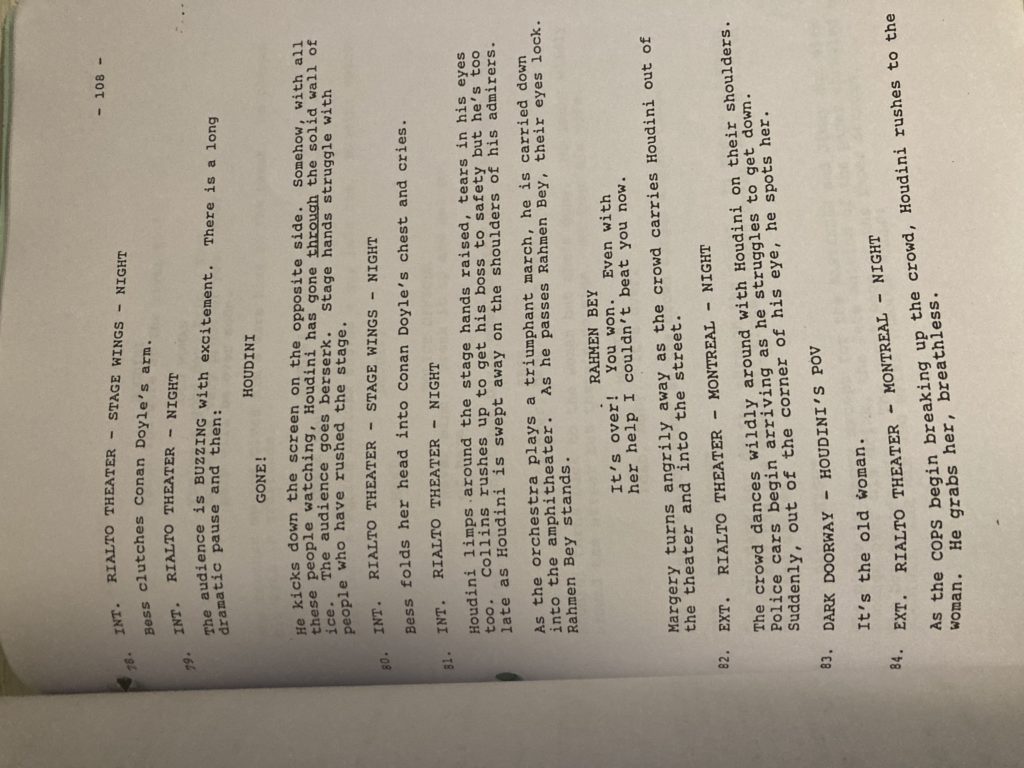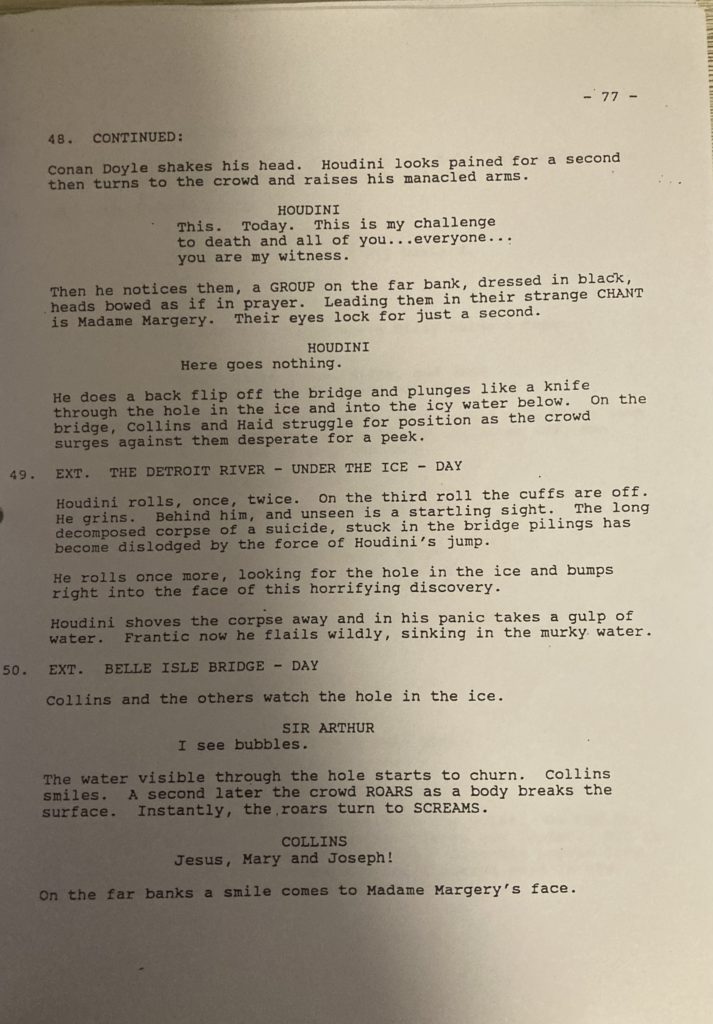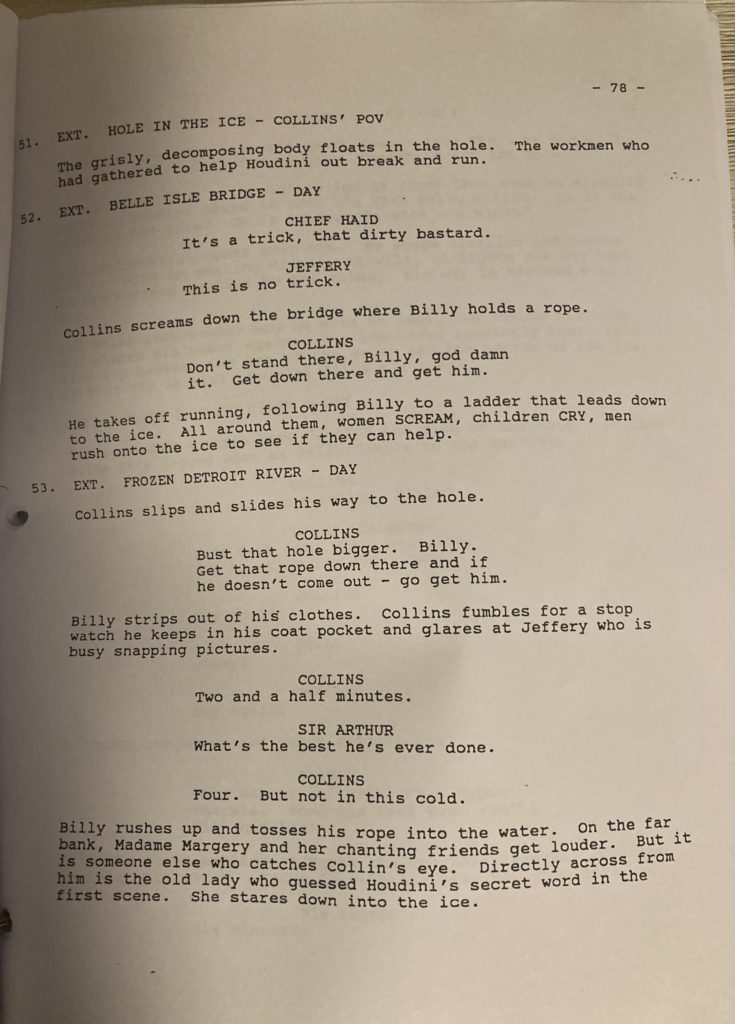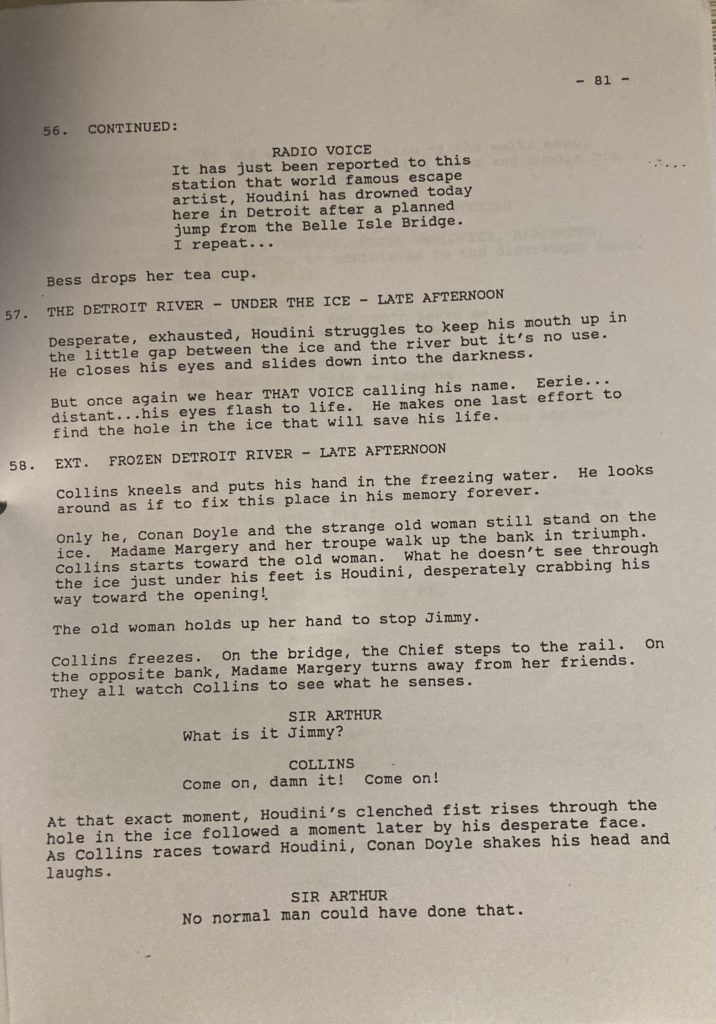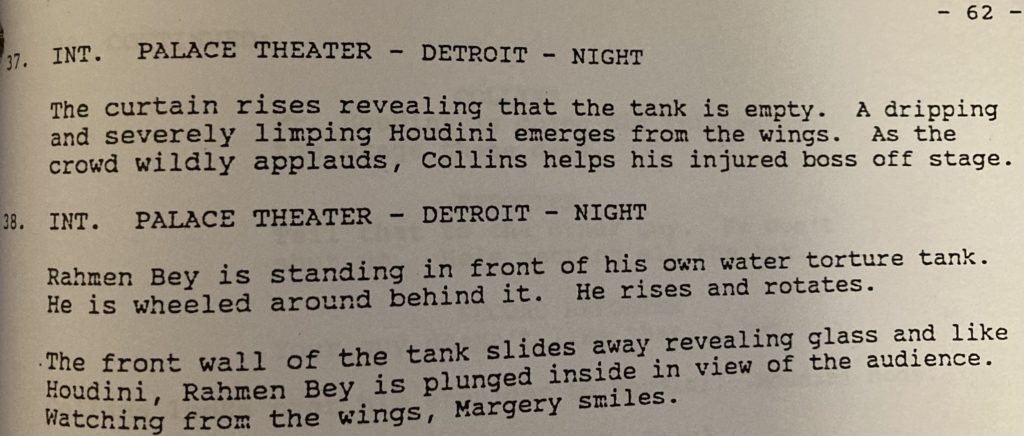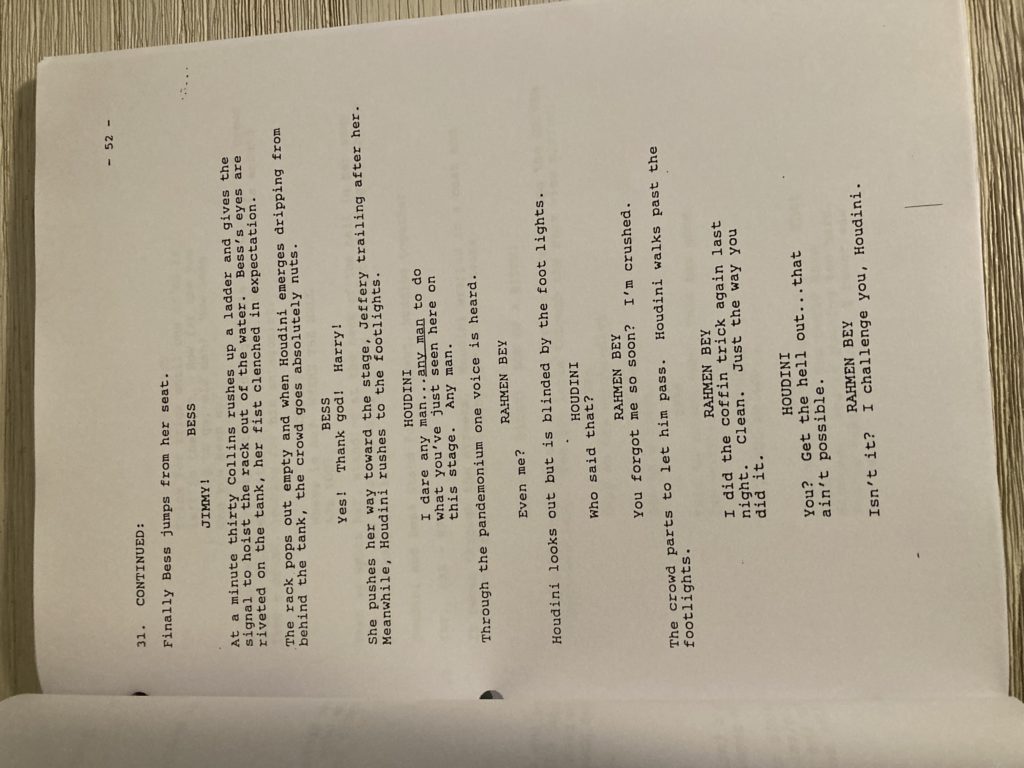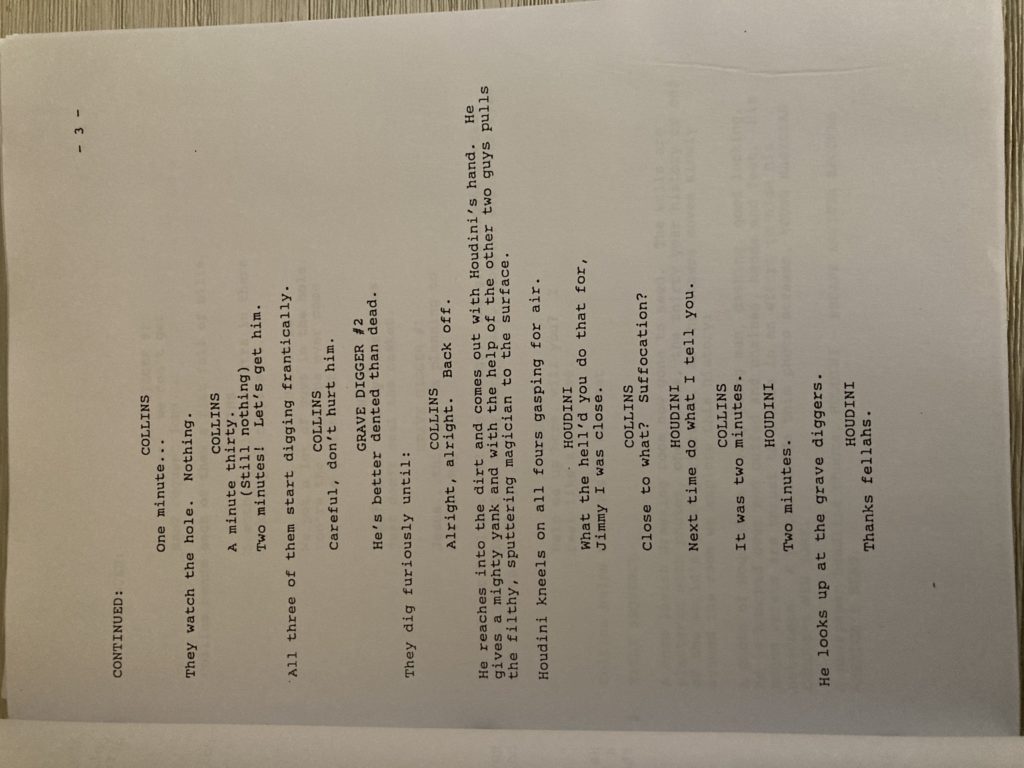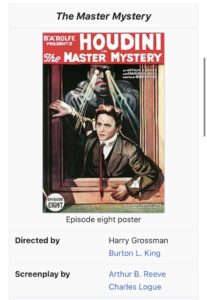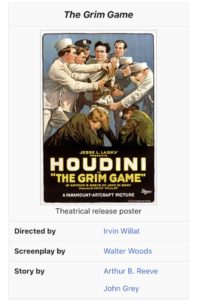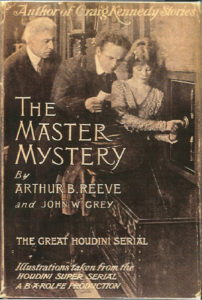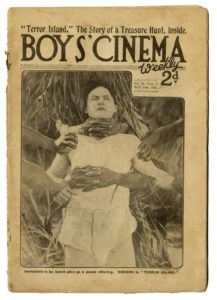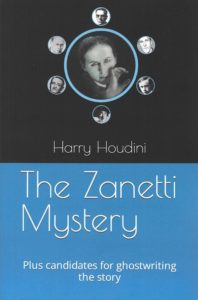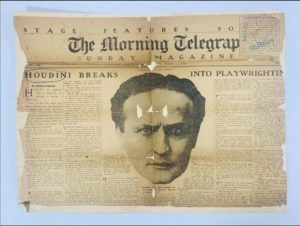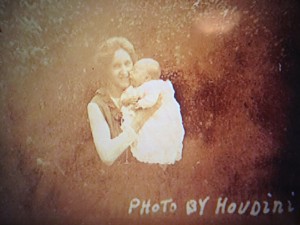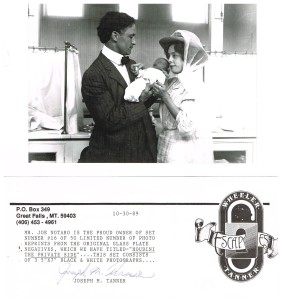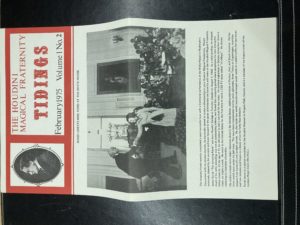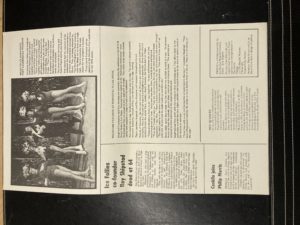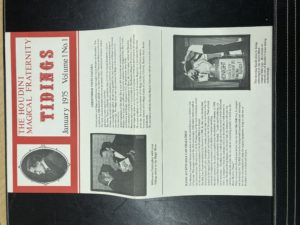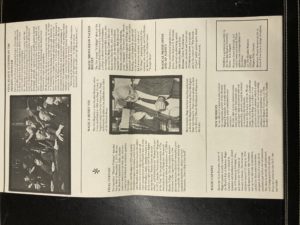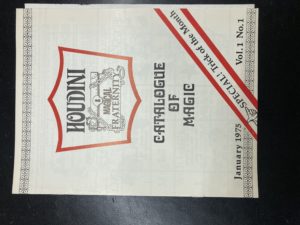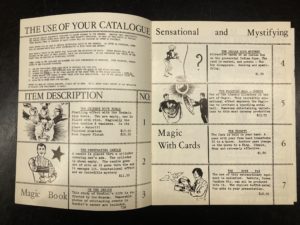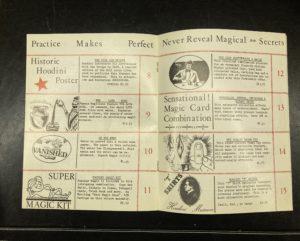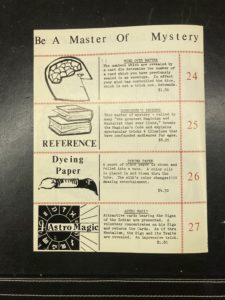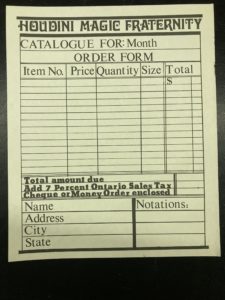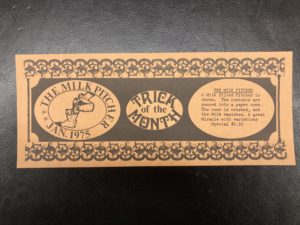
Last week, I (along with other Houdini Nuts above) had the pleasure of attending the opening reception of “Houdini Unchained” at the Muzeo Museum and Cultural Center in Anaheim, California.
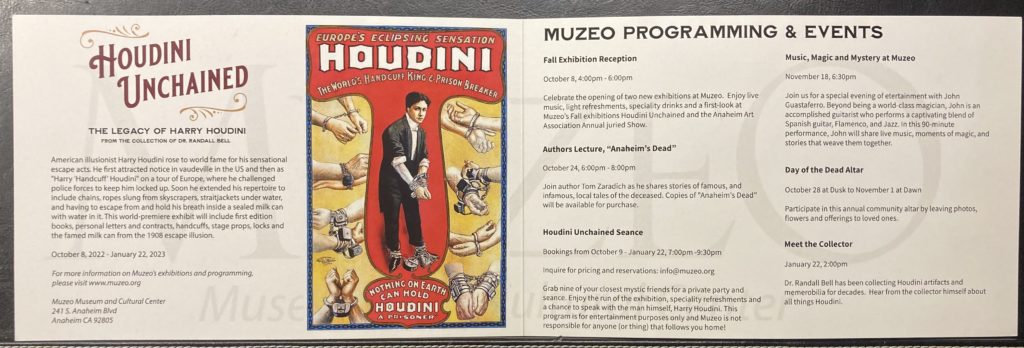
It show-cased the amazing collection of Dr Randall Bell, which included an original milk can (below) that reportedly came from the basement of 278 W. 113th St, which I was dying to see in person. Randy Bell calls it “Can #1”. And Patrick Culliton thinks its Houdini’s “Last Milk Can”.

What a treat! Previously, I had only seen a picture of it in Patrick Culliton’s book, “Houdini the Key” on page 448. Per Mr. Cullltion (Nov 1993 Genii), if it is not a genuine Houdini prop, I’ll eat my hat. It’s the right age, the right size (small) and its beautifully gaffed.
The Milk Can measures 36 inches high, 26 inches at its widest point, and is 15 inches across the top. The top is secured by 4 hasps.
Besides this Milk Can, what other Houdini related Milk Cans are known to exist?
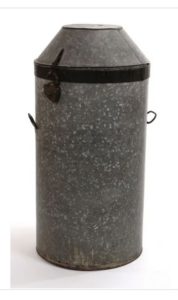
There is the first Houdini Can with straight sides (above) that Mueller acquired in 1967 from Dunninger and displayed in the Houdini Magical Hall of Fame, which later was sold in auction in 2008 for $13,000 to an unknown owner.
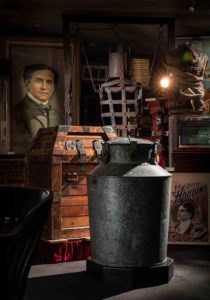

David Copperfield has a Houdini Milk Can (above Left) and the Houdini Estate in Laurel Canyon has the Milk Can (above Right) used in the Doublefold escape,
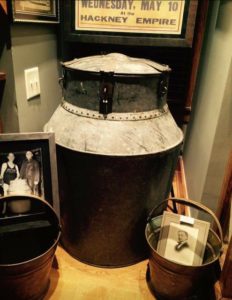

And Dr. Moore (Left Can Above) and the American Museum of Magic (Right Can Above) each have a Hardeen Milk Can.
What is curious about the Bell can is it only has 4 locks compared to the other cans with 6 locks.
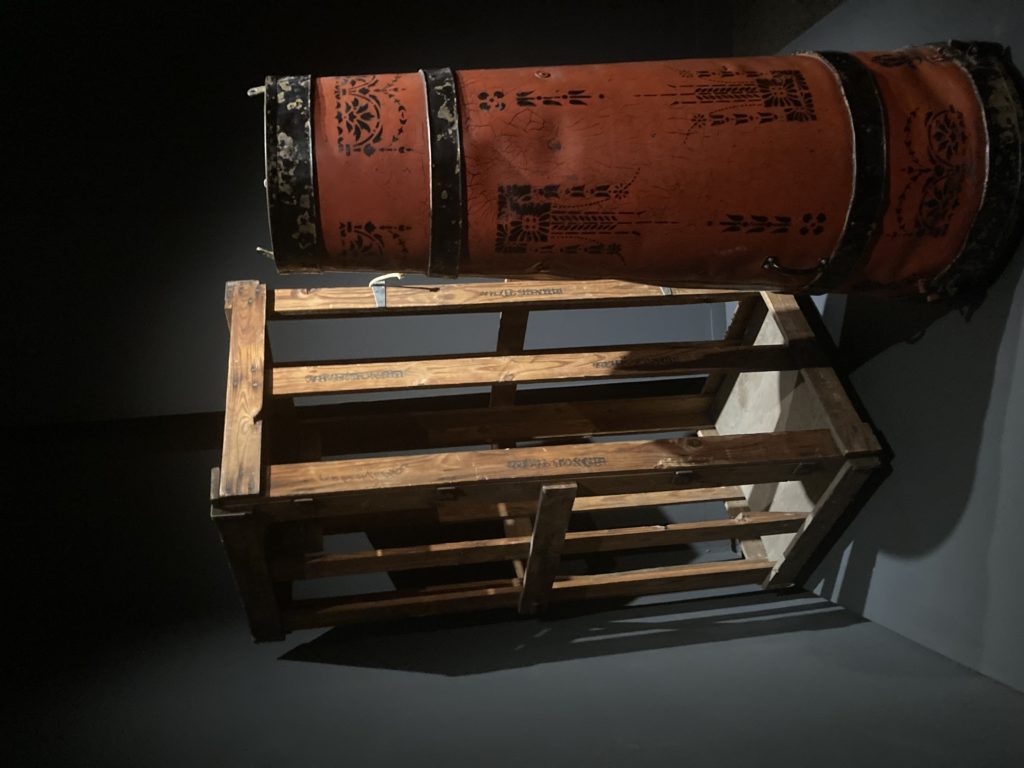
While I am obsessed with milk cans related to Houdini, the highlight of the collection IMHO, was seeing Houdini’s Cone to Flower illusion with traveling crate (above). Houdini’s assistant would enter the empty BIG TALL cone (that was large enough to completely cover her). When the cone was whisked up, the assistant was replaced with a bouquet of flowers. The girl would then reappear at the back of the theater. Note: according to “Great Magic Shows” Reviewed by Arnold Furst, Houdini also did this effect with an Orange Tree.

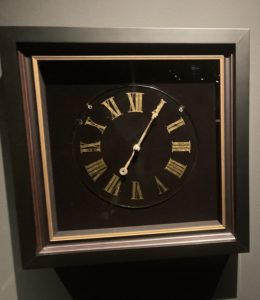
Seeing the Houdini’s Blooming Rosebush illusion (above Left) in person was also a highlight, along with Houdini’s Personal Séance Clock (above Right).
With an imperceptible bit of pressure on a foot pedal, the cast iron table would sprout flowers before a stunned audience. Although it dates from the early years of the 20th century, it was modified repeatedly during Houdini’s lifetime. Very few magic tables exist today. Note: Per October 2014 Genii, The “Blooming Rosebush” would be used in conjuction with the “Cone to Flower Illusion” for a complete flower routine.
The clock was used in Houdini’s “debunking” séance performances of 1923-26 in which he demonstrated how fraudulent mediums use trickery (in this case a wax hand taking the place of the mediums hand while the real hands were busy stopping the clock!)
This is a “must-see” collection “in person”.
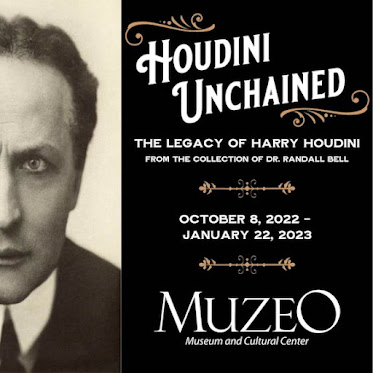
Related:

Special Thanks to John Cox for “Houdini Nuts” photo and Joe Fox for “Houdini’s Blooming Rosebush and Flower Cone” note references.


